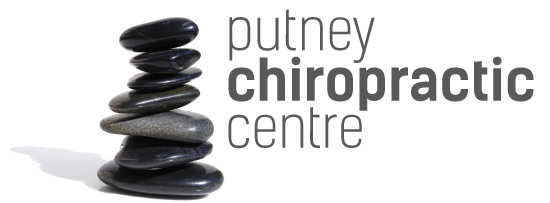Retained neonatal reflexes
When we are in utero, and early in our life, our brain’s decision making process (in our higher brain) is still developing. So that we are able to instinctively perform necessary tasks such as feeding, grasping objects, or respond appropriately to situations such as our birth, or a threat, our brainstem (located at the top of the spinal cord) has few ‘neonatal’, or ‘primitive’ reflexes. This basically means that we are ‘wired’ to respond a certain way automatically with out even having to think about it.
Normally, these reflexes are integrated into our nervous system early in life. The automatic response disappears as our higher brain takes control of our active decision making process. Sometimes however, due to a variety of reasons this doesn’t happen and the reflexes may remain dominant. This means that your nervous system will make you respond inappropriately in certain situations, and is called a retained neonatal reflex.
This can affect the way that we learn how to do new things such as reading and comprehension, developing our speech and language, learning balance and coordination, controlling bladder function, and responding emotionally in an appropriate way in different situations.
A common presentation is a child who gets upset or angry easily and can’t seem to sit still (moro reflex), mixing up letters with poor handwriting or drawing (palmar reflex), or poor coordination and easily distracted (asymmetrical tonic neck reflex). And there are many more!
This applies not just to children, if these reflexes are retained they can affect you throughout life. Do you train at your chosen sport as hard as possible and never seem to get any better? Maybe you have never enjoyed ball sports because of your hand-eye coordination. You may find certain situations that others find enjoyable stressful to the point where you avoid them, or maybe you have short concentration and a short fuse. Or perhaps you simply cannot stop clenching your jaw whilst you are sitting at your desk typing. All of these things could mean that you have a retained neonatal reflex.
By removing pressure from the nervous system in the cranium and at the top of your spine, this can assist the integration of these reflexes into your neurology. If you believe that your child (or maybe yourself!) has a retained neonatal reflex, having this corrected will enable them to have a fully functioning and expressive nervous system.
To see a greater list of possible symptoms associated with different retained reflexes follow this link.
Here are some home tests that you can do with your child.
I have a special interest in this area, and may help to identify and correct the neurology, and assist the integration of these reflexes. Please feel free to contact us if you’d like to find out more.
